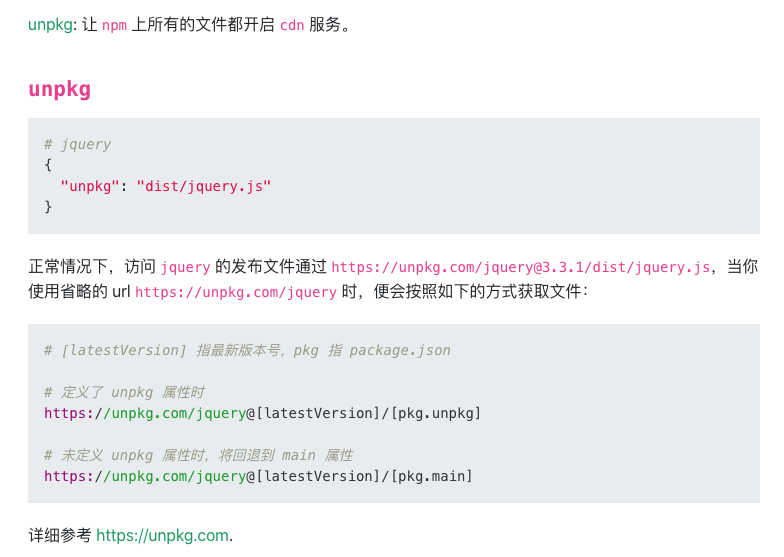

- #PACKAGE.JSON UNPKG FOR MAC#
- #PACKAGE.JSON UNPKG UPDATE#
- #PACKAGE.JSON UNPKG PATCH#
- #PACKAGE.JSON UNPKG SERIES#
The second required and no-brainer field. You can use only URL-safe chars - your name will most likely be typed by others in terminals and used as URL at NPM page.No capped letters and underscore ( _) or dot (.The character length of the name should be no bigger than 214 characters including scoping If you have proper NPM organization register, you can use your package with so-called scope e.g.Your name should be unique (when publishing to NPM) ☝.There are only some rules that you must obey when naming your new package:

Your package won't function correctly without this compulsory field. I think the name property needs no explanation. We're going to explore package.json as deeply as possible! So, consider bookmarking 🔖 this page for later use as the full-fledged package.json cheatsheet! 📋 Let's get started! Basics name With all above said, in this article, we'll finally fix this flaw. 👶 And, because of inconsistent, incomplete or hard-to-read documentations about it around the web, many newcomers often publish their first packages. Of course, it's nothing wrong - you don't have to know the whole specification, but it's good to at least have some clue about what's what. And still, developers' knowledge about such important, seemingly simple JSON file is often limited to just a few fields.

Probably nearly every new JS-related project is started by setting up this particular file. I think we all know what package.json is. But, talking about Node.js without mentioning the famous package.json 🗄 would be a sign of big ignorance of the importance of this file. There, as I said, we'll be exploring every single Node.js API in-depth (or at least that's the plan).
#PACKAGE.JSON UNPKG SERIES#
For example, you can specify use of the exact version of a package as follows.Recently I started a series about Node.js and its built-in API. You could specify that in several ways in your package.json file. Let's say you are using React and need to include the react and react-dom npm package. You can use these notations to control the type of package updates that you want to accept in your app. To help manage package versioning, npm supports several notations that you can use in the package.json.
#PACKAGE.JSON UNPKG UPDATE#
For example, to use a new feature of the TypeScript compiler package (ts-loader) with webpack, it is possible you would also need to update the webpack npm package and the webpack-cli package. It's worth noting that some npm package features have dependencies. Bug fixes are always backwards-compatible.
#PACKAGE.JSON UNPKG PATCH#
In a patch update, one or more bug fixes are included.In a minor version update, new features have been added to the package that are backwards-compatible with earlier package versions.In a major version update, the package includes new features that are backwards-incompatible, that is, breaking changes.The major version is 5, the minor version is 2, and the patch is 1. Let's say you have a package in your app with a version of 5.2.1. The npm package versioning system has strict rules. This is not a complete guide to package.json and is focused only on npm package versioning. Here are a couple of quick tips to help you configure your package.json file and understand what is going on when you see warnings or errors. Sometimes, a version conflict results, or a package version has been deprecated. If you are developing a Node.js app with a lot of npm packages, it's not uncommon to run into warnings or errors when you build your project if one or more packages has been updated.
#PACKAGE.JSON UNPKG FOR MAC#
Applies to: Visual Studio Visual Studio for Mac Visual Studio Code


 0 kommentar(er)
0 kommentar(er)
